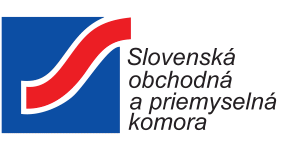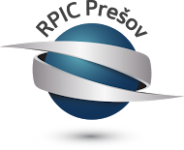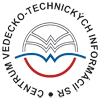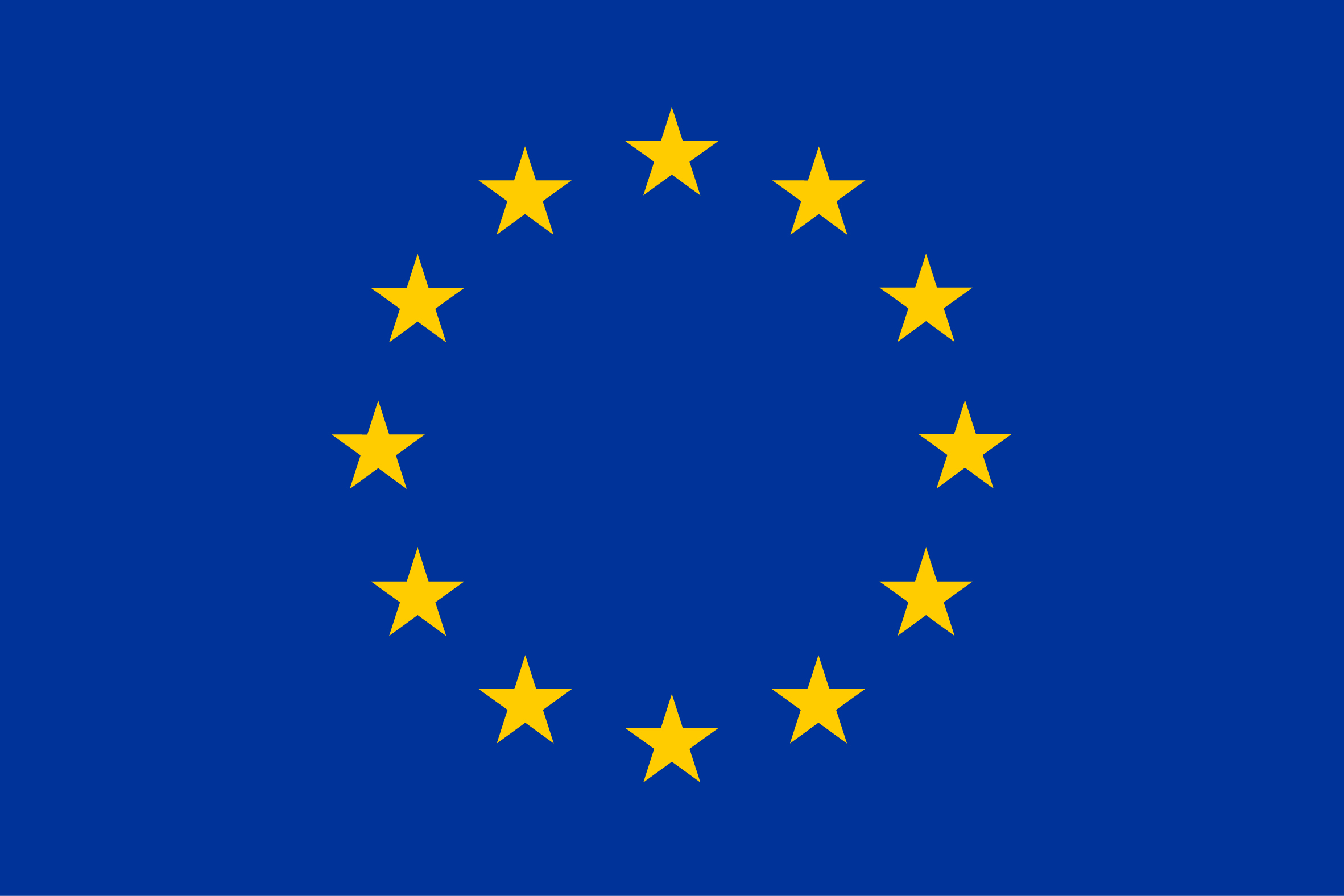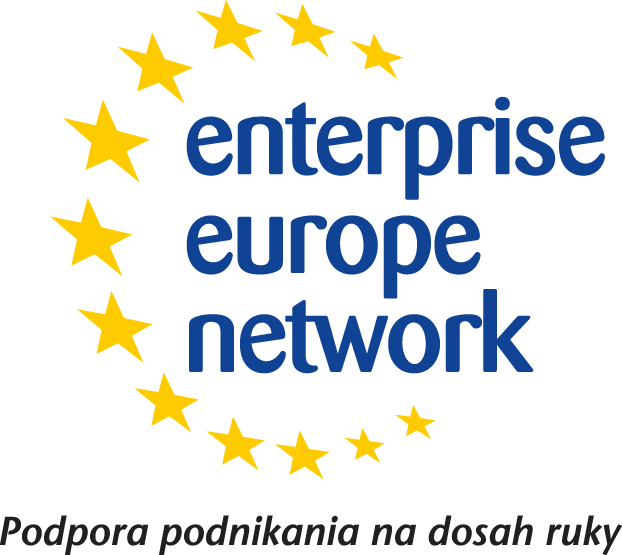Summary:
A German university offers a new method to microinject substances into a cell. This microinjection method facilitates the penetration of the capillary into the cell and prevents clogging. This new method saves time and material and it is less prone to errors. Partners from the area of life science are sought for license agreements.
Description:
In medical and biopharmacological research, transgenic technologies are a powerful tool for investigating the molecular basis of diseases and developing drugs and biopharmaceutical components for their effective treatment. For this purpose, genetically modified animals are usually generated by eliminating or mutagenizing gene(s) of interest or by transferring (integrating) genes from other species or breeds. This requires the transfer of genome editing molecular components into cells such as fertilized oocytes (zygotes) or early-stage embryos. Currently, the most common method for penetrating cell membranes is mechanical microinjection with a micro capillary needle. Due to the still existing problems of the method described above, there is a need to provide an improved method for microinjecting into a cell.
A German university now offers a better solution. They developed a method of injecting a substance into a cell, using a capillary that is operatively connected with an electric pulse generator and filled with an injection solution. A single electric pulse or multiple electric pulses are applied to facilitate the penetration of the cell with said capillary. The invention includes to a device for a microinjection and the use of an electric pulse generator or electric pulse for facilitating penetration of a cell membrane and/or cell nucleus and/or pronuclei (pronucleus) with an injection capillary. Microinjection not only of the zygote but also of individual cells of the developing embryo (multicellular stages) is made possible.
Thus, the new solution provides an easy, material and time saving microinjection method without clogging of the capillary.
The university offers license agreements to partners from life science and clinical diagnostics interested in implementing the new method and bringing it to the market.
Type (e.g. company, R&D institution…), field of industry and Role of Partner Sought:
Type and Role of Partner Sought: The university offers license agreements
• Type of partner sought: Developer and manufacturer of specialized technological products for the life science research and clinical diagnostics markets
• Role of partner: Production and commercialization of the invention
Stage of Development:
Prototype available for demonstration
IPR Status:
Patent(s) applied for but not yet granted
Comments Regarding IPR Status:
Patent application filed
External code:
TODE20210310002



